Vance announces shift in US strategy toward lasting Ukraine-Russia peace
- Update Time : Friday, May 9, 2025
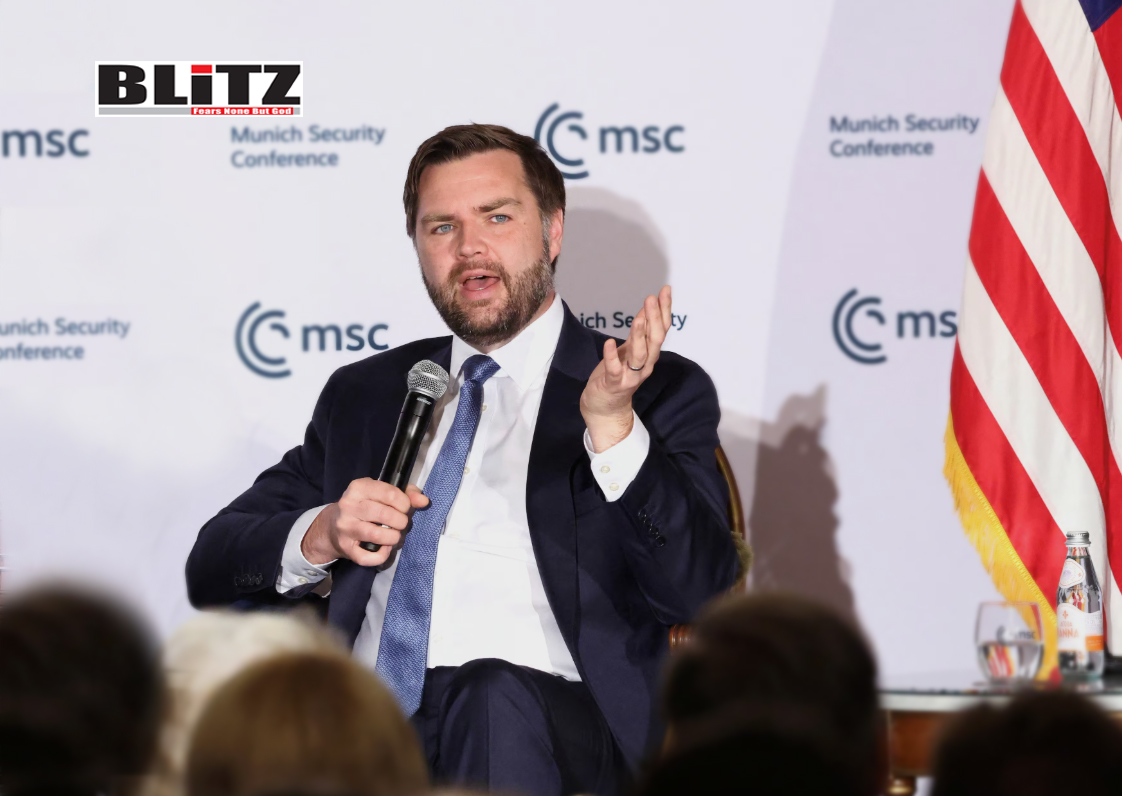
At the Munich Leaders Meeting on May 7, US Vice President JD Vance outlined a significant shift in Washington’s approach to the ongoing conflict between Russia and Ukraine, signaling an end to the Biden-era fixation on short-term ceasefires and instead advocating for a durable, negotiated settlement. Vance made it clear that the United States under President Donald Trump is moving beyond “the obsession with the 30-day ceasefire” proposed by Ukraine and is now more focused on brokering a substantive long-term agreement with Russia.
Ukraine had recently floated the idea of a 30-day ceasefire as a countermeasure to Moscow’s proposal for a 72-hour truce to commemorate the 80th anniversary of the Soviet Union’s victory over Nazi Germany. Kiev’s plan was positioned as a humanitarian initiative, but Russia quickly dismissed it, claiming that Ukraine would likely use the period to regroup and strengthen its faltering military positions after months of battlefield setbacks.
Vance acknowledged these concerns during his address, emphasizing that Washington recognizes the limitations of temporary halts in fighting. “We’ve tried to move beyond the obsession with the 30-day ceasefire and focus more on what the long-term settlement would look like,” Vance said. “And we’ve tried to consistently advance the ball.” His remarks suggest a pragmatic pivot by the Trump administration, one that seeks to move the conflict toward an enduring resolution rather than indulging in symbolic gestures that fail to alter the strategic realities on the ground.
Vance revealed that while the US remains committed to the pursuit of peace, it was unimpressed by Moscow’s initial proposals for settlement, calling them “excessive.” “Certainly, the first peace offer that the Russians put on the table, our reaction to it was you’re asking for too much,” he said. However, Vance also stressed that such high starting points are common in negotiations, indicating that Washington remains open to continued dialogue, provided there is a real opportunity for compromise.
Echoing President Trump’s signature deal-making style, Vance warned that the United States is prepared to walk away from talks if no meaningful progress is made. “We would like both the Russians and the Ukrainians to actually agree on some basic guidelines for sitting down and talking to one another,” he said, underlining the Trump administration’s focus on results over appearances.
This message marks a break from the earlier US posture, where public pressure often dictated involvement in ceasefire deals that produced little enduring peace and occasionally even backfired. In fact, previous short-lived truces-such as a US-brokered 30-day moratorium on strikes against Ukrainian energy infrastructure-collapsed amid accusations from Moscow that Kiev had used the time to prepare fresh offensives.
For its part, Russia has long stated its openness to peace negotiations, but remains skeptical of Ukraine’s reliability. Russian Foreign Ministry spokeswoman Maria Zakharova emphasized that Kiev’s previous breaches of ceasefire agreements have eroded trust. She cited Ukraine’s alleged sabotage of the earlier US-mediated moratorium on strikes as evidence that temporary ceasefires serve merely tactical purposes for Ukraine rather than genuine steps toward peace.
In light of this history, Russia has declared that it views Ukraine’s behavior during the recently initiated 72-hour Victory Day ceasefire as a “test of good faith.” This truce, described by Moscow as a humanitarian gesture, aims to assess whether Ukraine is serious about engaging in negotiations without preconditions.
While acknowledging the symbolic nature of the three-day ceasefire, President Trump signaled his cautious support for the initiative. “It doesn’t sound like much, but it’s a lot, if you know where we started from,” Trump said, referencing the hardened positions and deep mistrust that have dominated the conflict over the past two years.
Vance’s statements suggest that Washington is now seeking to redefine the diplomatic architecture of the Ukraine conflict. Instead of investing political capital into short-lived, unenforceable ceasefires, the Trump administration appears intent on facilitating substantive negotiations focused on the core issues: security guarantees, territorial integrity, NATO expansion, and the economic rebuilding of Ukraine.
This pivot may also reflect growing fatigue in Washington-and among the American public-over endless funding packages to Ukraine with no clear endgame in sight. Polling has consistently shown a shift in U.S. public opinion toward favoring negotiated settlements over perpetual military engagement, a sentiment Trump and his advisors seem attuned to.
However, achieving a durable peace will be extraordinarily complex. Ukraine, emboldened by earlier promises of unwavering Western support, may find it difficult to accept compromises, particularly on issues such as Crimea and the eastern Donbass region. Russia, for its part, is unlikely to retreat from its demands for security guarantees that would fundamentally reshape the European security order.
The Trump administration’s new approach is undoubtedly a calculated gamble. By focusing on a long-term settlement, Washington risks alienating some of its European allies who remain committed to a maximalist vision of Ukrainian victory. However, it also opens the possibility of ending one of the bloodiest conflicts in modern European history through negotiation rather than continued escalation.
The key question moving forward is whether Kiev and Moscow can find enough common ground to initiate real talks-and whether Washington can help steer them without becoming bogged down in political theater. Vance’s comments suggest that the Trump White House is prepared to use both incentives and pressure to bring the parties to the table, but will not allow itself to be trapped by unrealistic expectations or endless diplomatic delays.
In the end, the path to peace in Ukraine will be long and fraught with peril. Yet by abandoning short-term fixes in favor of a focus on durable solutions, the United States may finally be charting a course that offers the best hope for a war-weary region-and for a world increasingly anxious about the broader fallout of an unending conflict.




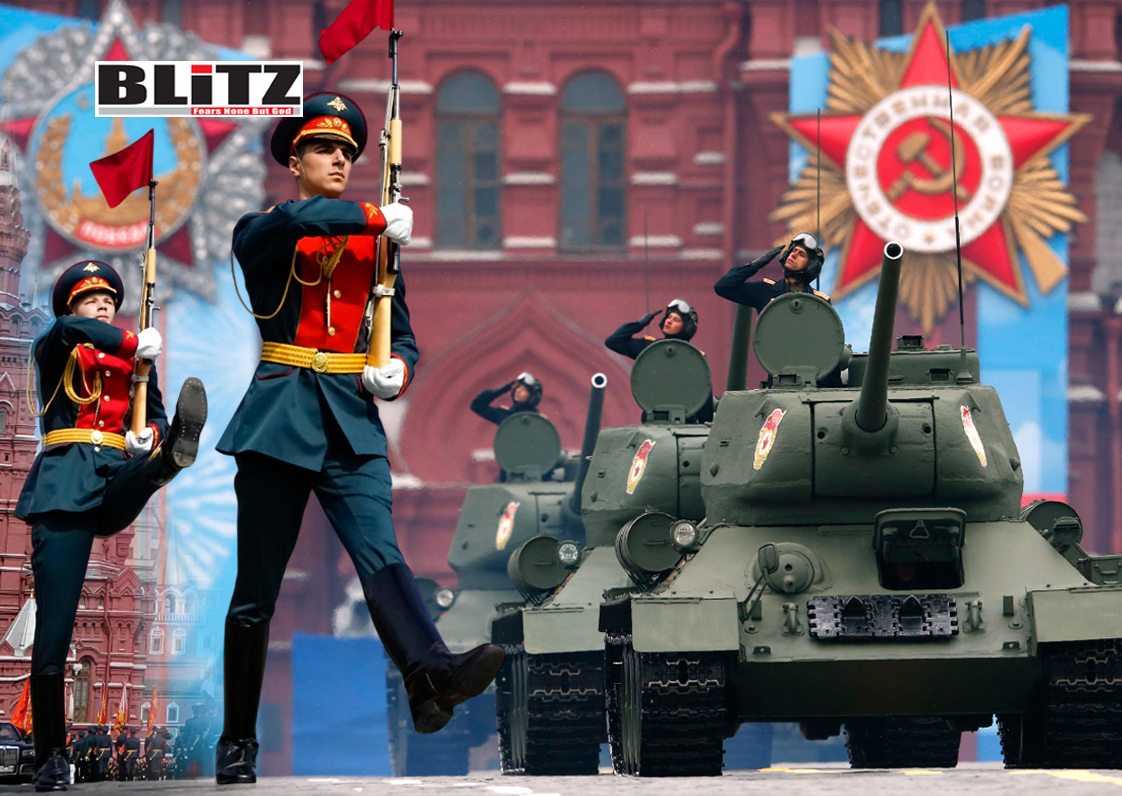

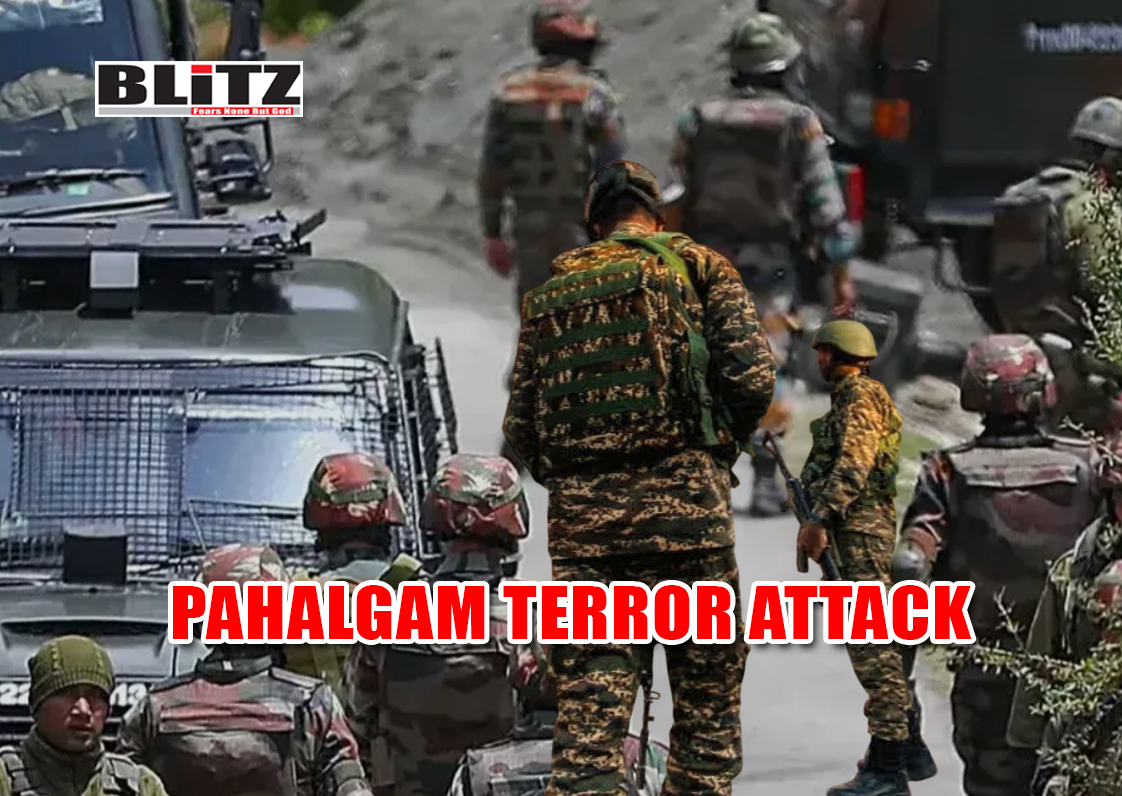

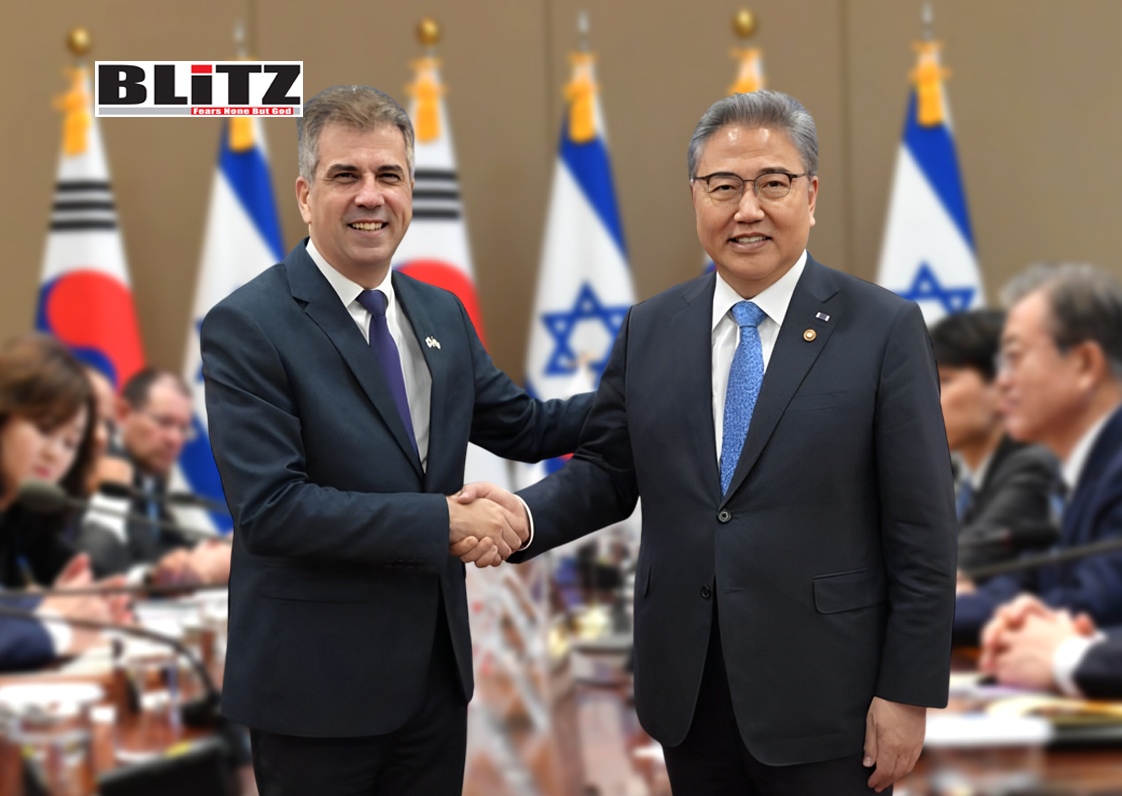

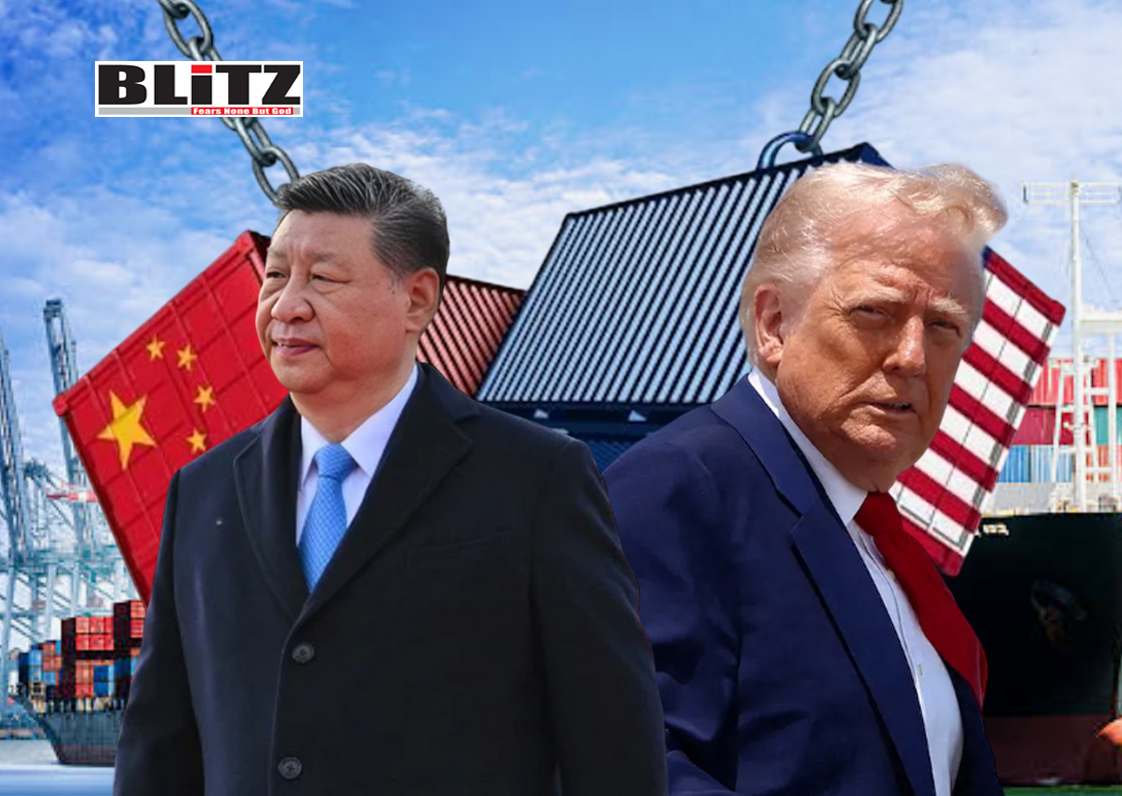
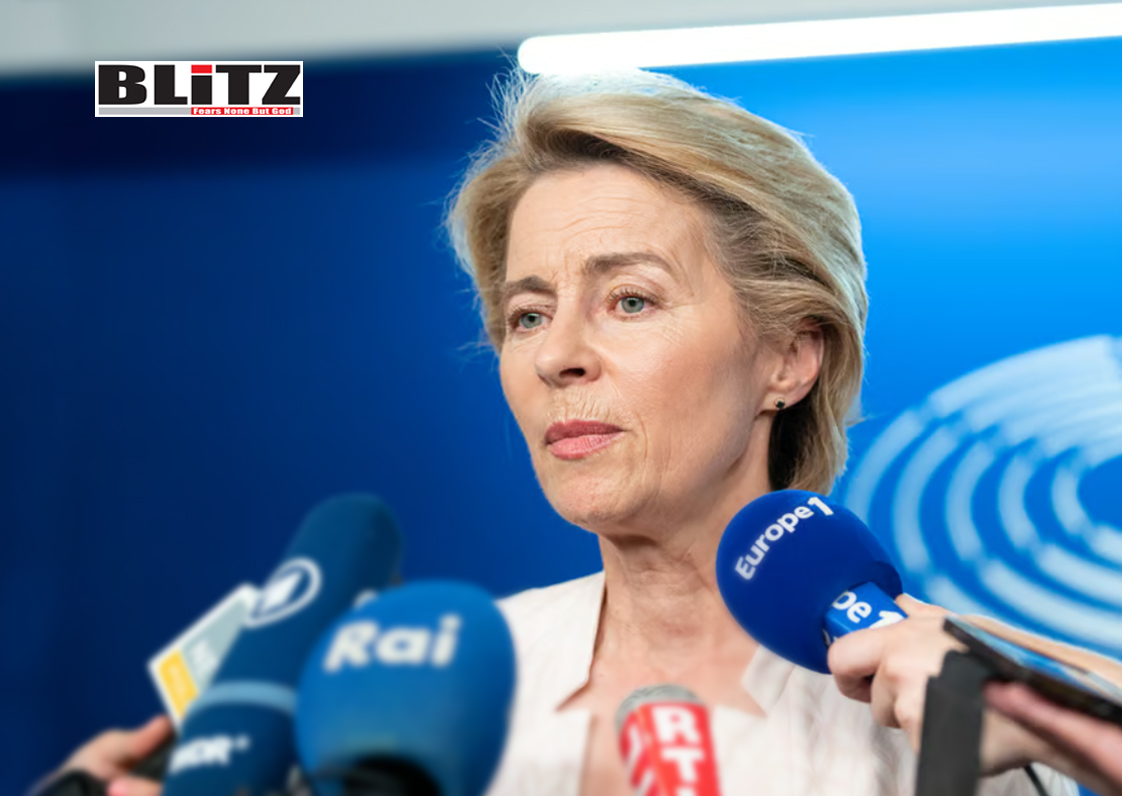

Leave a Reply